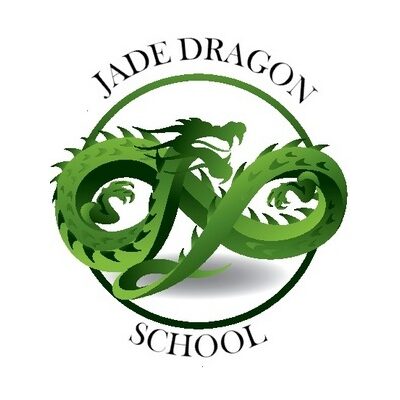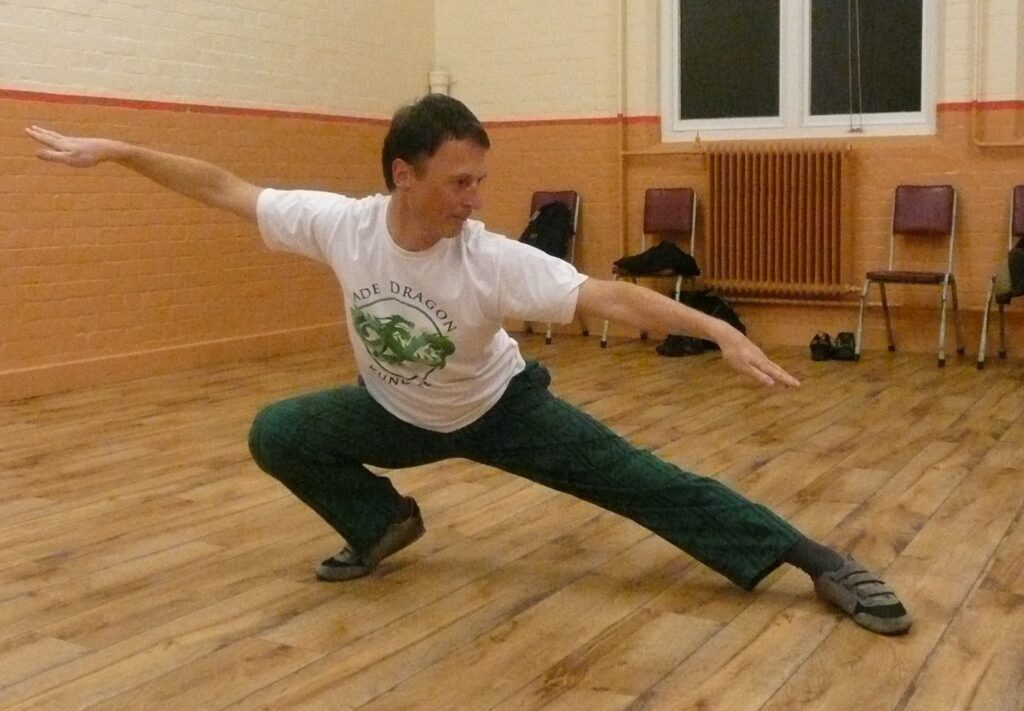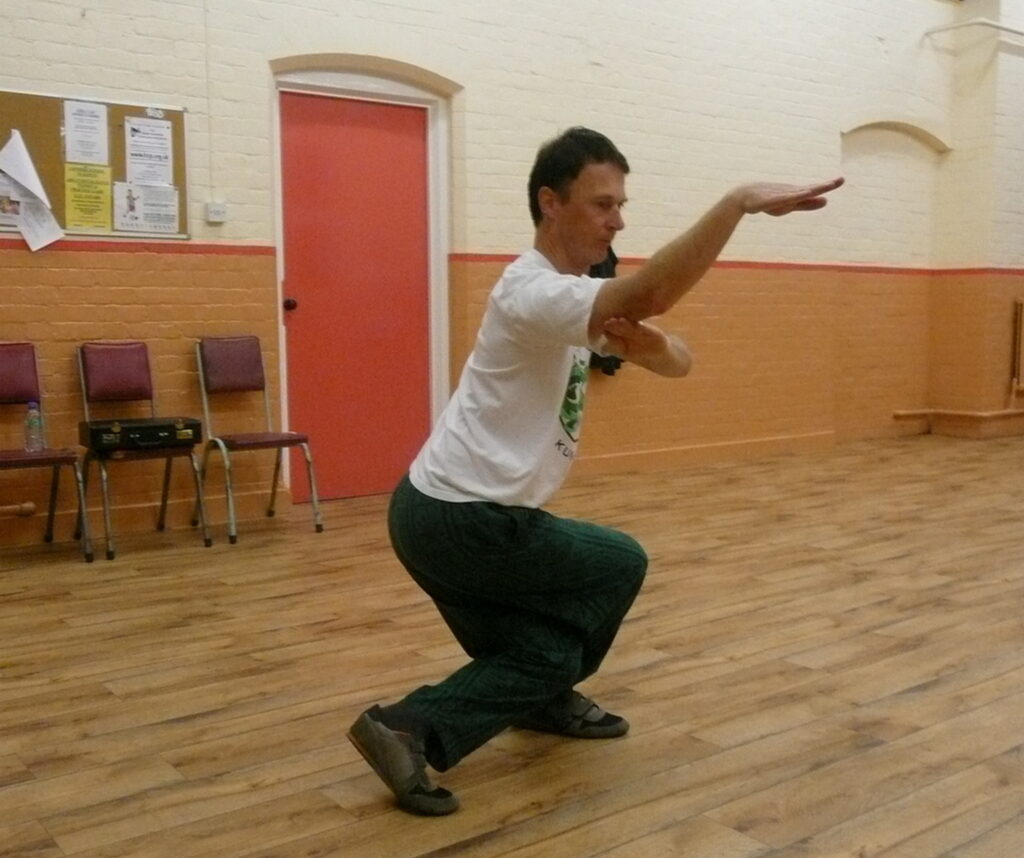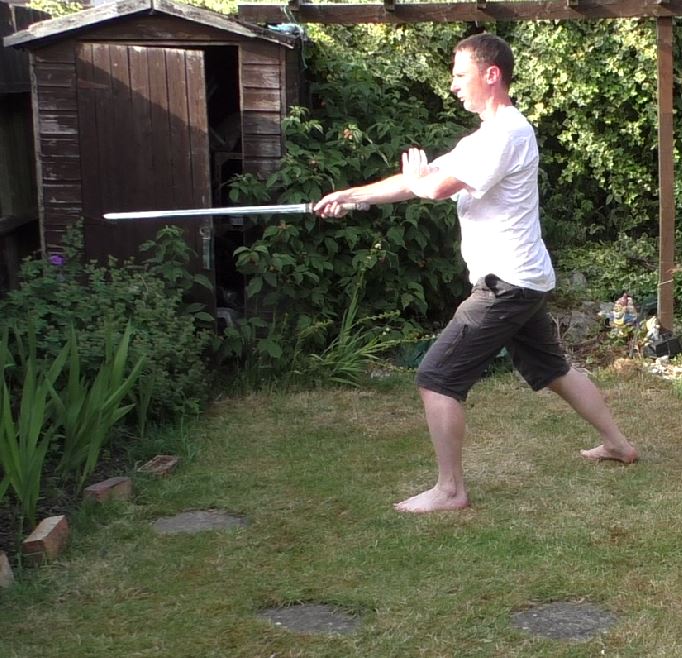
We are rightly proud of our martial arts syllabus which is one of the most advanced and comprehensive you’ll find anywhere outside China.
Our syllabus progresses from the first few weeks basic training on through the development of 8 distinct animal fighting styles. Each of these kung fu styles will develop you in different ways. Each one is an effective martial art in its own right. When combined together they give you a versatility that few other martial artists can match.
On top of our animal styles we also teach strength, fluidity and coordination. Weapons training is an important element of what we teach and breath and internal power training is also included.

Basic Training
Everyone starts with basic training. No matter what other martial arts you may have studied before you need to start here.
The good news is that basic training is often done in the style of whichever animal we’re teaching at the time.
The most important part of this is understanding the physical structure. This varies slightly between animal styles and enables your body to withstand or generate force while staying relaxed and balanced.
Very few other martial arts truly understand this but without a good, rooted structure your power will always be limited.
Basic training also introduces you to basic blocks, strikes, joint locks and kicks and how to do these effortlessly while maintaining that all important structure. Everything else flows from there.
Once you have learned the basic skills to a satisfactory level you start to learn the animal styles, usually in the order they’re presented here. But it depends when you join as we swap between styles and weapons regularly.
Tiger Style
The first animal you generally learn is the tiger. Tiger movements are relatively simple but rely on the animals weight.
Tiger training is tough but great fun. You learn to use body weight exercises to develop a flow of power that moves in a wave from the ground to your hands. Every part of your body becomes loose and supple so the power flows through you rather than being locked up in tight muscles.
The tiger uses clawing movements to lock and attack it’s opponents together with low kicks and powerful back kicks.
Tiger style develops the ability to relax under pressure, to use gravity rather than fight it and to move with fluid grace. These skills don’t come overnight but require practice.
Leopard Style
The leopard is one of the most aggressive of animals. It is said that it is the only animal other than man that kills for pleasure.
The leopard style is fast and ferocious. It doesn’t bother blocking kicks or strikes, instead it attacks the incoming limbs with the famed leopard paw strike.
It’s a great style to learn, fast, ferocious and fun.

The leopard style develops lightness, speed and stamina and is the best style for defending yourself against multiple opponents.
The leopard style also develops assertiveness in more timid individuals.
Crane Style
The crane style develops balance and the ability to extend through your movements. Its fast, long-fist style moves look awesome but aren’t difficult to learn.
It uses sweeping movements of the arms (wings) to clear a way through attacks and lock or throw an attacker along with striking movements of the beak on vital parts of the body. This is combined with comprehensive kicking patterns as the crane is used to standing on one leg.
The correct focus on different parts of your body makes these movements extremely powerful. An upward sweep of your arm can be enough to break bone when fully developed.
The crane style helps you develop correct alignments and the ability to stand patiently while monitoring your environment.
Monkey Style
Every student enjoys learning the monkey style. It’s fun and playful with lots of low stances and rolls coupled with sudden leaps.
This playfulness masks an extremely effective style. The monkey treats its opponent like a tree it wants to climb. It’s used to defending itself from low squatting stances. it will pull you down then suddenly straighten up and attack with knees, elbows or fists.

The monkey style is a very unpredictable style to defend against. Most fighters expect to be attacked in certain predictable ways and they’re trained to defend against them. Very few expect to be attacked by someone squatting on the ground who could attack from the ground or suddenly leap up and strike with a range of unpredictable attacks.
The monkey style develops mobility, particularly low down and contractive power as it’s used to swinging in trees and pulling itself up.
Eagle Style
The eagle style goes beyond the physical training to include energy and breath training, internal and external awareness, mental focus and so on.
The eagle has probably the best defensive movements of any style. It’s circling wing movements are learned in a simplified form from the very beginning in basic training as they are so effective. If any attack gets past it’s wings it is ripped apart by vicious talon strikes.

The eagle develops sensitivity to your environment. It soars above the world constantly reaching out with its wingtips seeking air thermals. Its eyes scan the ground below and it reacts instantly to any change.
The eagle teaches you to remain detached yet sensitive. Part of eagle training involves developing the eagle mind.
Snake Style
Snakes don’t have legs. As such the snake style has no real fixed stances. It cannot directly resist attacks so it ‘snakes’ round them and strikes in a way that penetrates any defence.
Often the snake stylist is on one leg so both arms and one foot are in effect attacking as 3 snakes simultaneously. It weaves in and out and uses misdirection to lead you into traps where another arm will wrap you in its coils.

The snake style opens up your joints so you can develop whip like power in your strikes without harming yourself.
It also develops very focused energy so the mind and breath are trained further to condense your energy then use it to devastating effects.
Mantis Style
The mantis is the ideal style for close in fighting. It uses fingertips, elbows, knees and feet to strike vital points. It can block incoming attacks with an elbow then strike with the fingers of the same hand so it’s hard to defend against. When students see me adopt the mantis pose in sparring they usually turn and run!
Being an insect the mantis has no higher thoughts so uses pure instinct and reflexes. You learn every vital pressure point on the body and how to exploit them.

You learn to project laser like energy out of your fingers both to harm and to heal. In this system they are two sides of the same coin. What can harm can also heal.
Dragon Style
Our school isn’t called Jade Dragon for nothing. The dragon style is the highest level of skill. It incorporates elements from all the other styles but takes them above and beyond in new ways. It gives you the ultimate in adaptability so that whatever happens you just flow with it, wear it down and defeat it.
The Chinese dragon is associated with water. You can never beat water, it surrounds you then drowns you. Yet it also sustains all life.
Weapons Training
In feudal China weapons training was of vital importance. Hand to hand skills were only used if you were disarmed. You couldn’t face a trained opponent with a two handed battle sword with your bare hands, not even in the movies!
More importantly your body trains the weapon and the weapon trains your body. This means that weapons training makes every movement more effortlessly powerful. You learn to focus the power of the move through the weapon. Then when you apply the move to an opponent their arm or whatever becomes your weapon. Their body becomes a part of yours and you can focus your power inside them to hurt or to heal.
Hundreds of different weapons have been developed for use in China and each martial artist would have his personal favourite. But there were four main weapons that most fighters would be at least partially proficient in – the staff, the spear, the broadsword and the double-edged straight sword.

We do teach weapons training, mostly in the staff, short stick, and the two swords. The spear is too long as it varies from 9 feet long to 20 feet or more if used on the back of a horse!
In Summary
Our school offers a very rare chance to learn real animal styles and learn to use them for real. many schools claim to teach genuine animal kung fu. They know some moves and they make look good but they cannot use them for real against a resisting, moving opponent.
These skills are not even taught in China any more. You can spend a fortune learning how to move but you won’t be taught the inner applications of them as it has been banned by the Communist Government.
To learn even one animal style to this level is a rare thing. To learn eight of them is an opportunity that very few people can hope to get.
